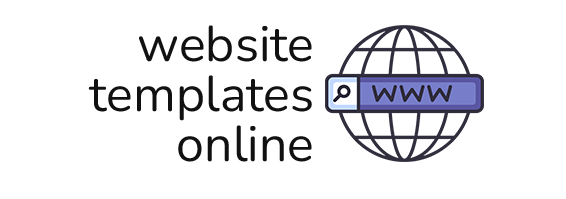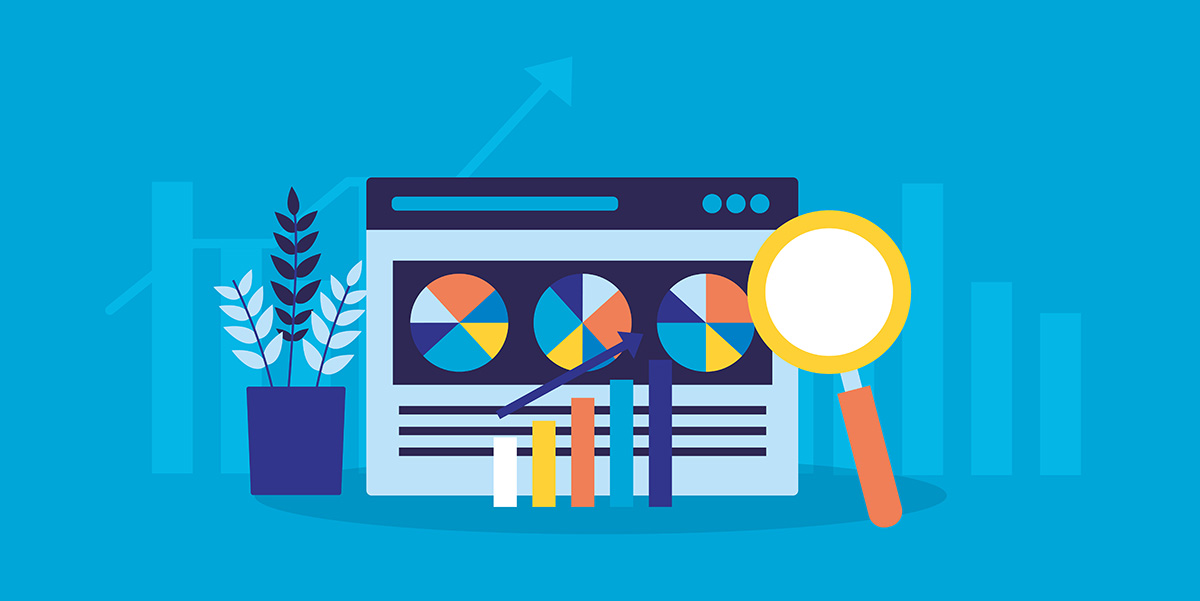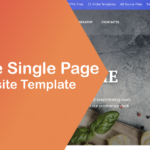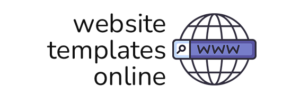- January 18, 2024
- by Alka
- News, SEO
- 0 Comments
Introduction
Google Lighthouse is an open-source software that can be used by anyone on any webpage. It does not matter whether you are a site owner, SEO, or web developer. With the help of Google Lighthouse, you can improve the performance and overall experience of a website. Let’s take a detailed look at how it works and how you can audit your pages with the help of Lighthouse.
What is Google Lighthouse?
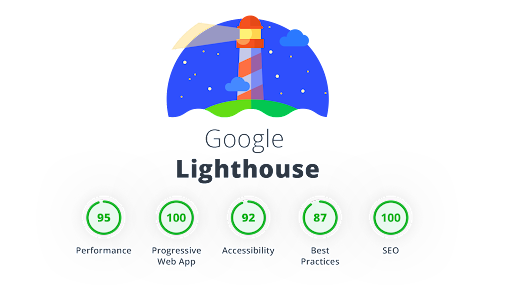
Google Lighthouse is a free website analysis tool that calculates the performance of the site. It creates a detailed report on your page speed, SEO, and accessibility. It provides you with a range of metrics and insights to boost the overall user experience.
For instance, you provide your site a URL and Lighthouse immediately goes through a huge number of individual checks i.e. audits. Now you notice how well you perform on each audit and what are the steps to improve them.
How does Google Lighthouse Perform?
The Lighthouse analyses your website and provides a score across five different categories.
1) Performance
In this audit, Lighthouse calculates how quickly a site is loading and how fast users are accessing it. It represents your performance for five-speed metrics:
- The First Contentful Paint calculates the time at which the first content appears before the user.
- The Largest Contentful Paint measures the time a page takes to load its largest element for users.
- The Cumulative Layout Shift calculates the layout shifts that happen when users try to access a web page.
- The Speed Index represents how fast the contents of a web page are loaded.
- The Total Blocking Time calculates the amount of time a page is prevented from reacting to user input such as a mouse click.
Lighthouse provides an overall score based on how your page worked for all the above metrics. The score could be anything between 0 to 100. It also provides suggestions to improve the performance.
2) Accessibility
The accessibility test evaluates how well people who use effective technologies can use the site. It also examines the images to see if alt text is indicated or not.
It is needed for blind users who use screen readers to understand what the image is all about. The accessibility report also assigns you a score out of 100 and highlights the opportunities to increase the overall accessibility.
3) Best Practices
The best practices audit examines whether the page is created on the latest standards of web development. It checks whether your page is free from all browser errors and includes valid source maps.
It also examines whether all Javascript libraries are free and secure from any kind of exposure and so on. It also provides you with a score between 0 to 100.
4) SEO
This section analyses the site to make sure that the site is optimized for search engine ranking. It ensures that the overall structure of your web page is well-built for ranking purposes.
It looks for hidden texts, link schemes, automatically created content, sneaky redirects, scraped content, and so on.
5) Progressive Web App (PWA)
PWA is a built and upgraded API that provides stability, reliability, and better capabilities for everyone located anywhere in the world. It makes your site behave more like an in-built mobile app.
If you run a PWA audit in Lighthouse, you will be provided with a badge.
How to use Google Lighthouse?
There are some tools available to run a Lighthouse audit on your website.
- You can use Lighthouse with Chrome DevTools.
- You can use Lighthouse with the help of Chrome Extension.
- You may also use Google Lighthouse through the Node Module.
How to Improve the Lighthouse Performance Score?
There are multiple methods to improve the Lighthouse performance on your site. Let’s take a look at some of them:
1) Try to Use a Content Delivery Network
If you are working in various countries you should use a Content Delivery Network. It is required to make sure that you have a great experience all across the world. You can use RabbitLoader to ensure faster website loading times.
2) Optimize Images
It is required to make sure that your images are optimized for the usage of the website. You need to compress or resize the source images to decrease the image sizes. You should try to make use of the image-related metadata constantly all around the site which includes captions and alt descriptions. You need to opt for the best image file format for the particular use case.
3) Eliminate unimportant CSS and Javascript
If you are trying hard enough to improve Total Blocking Time (TBT) and Time To Interactive (TTI), you need to find whether there is any unimportant CSS and Javascript presented that is slowing down the rendering of the page. If you do not feel secure with CSS and Javascript optimization, RabbitLoader has options to handle both cases. It also assists you in eliminating both Javascript and CSS render-blocking.
Conclusion
The performance of your website is an essential pillar for a better consumer experience. Google Lighthouse has become a go-to tool for optimization and development of sites.
